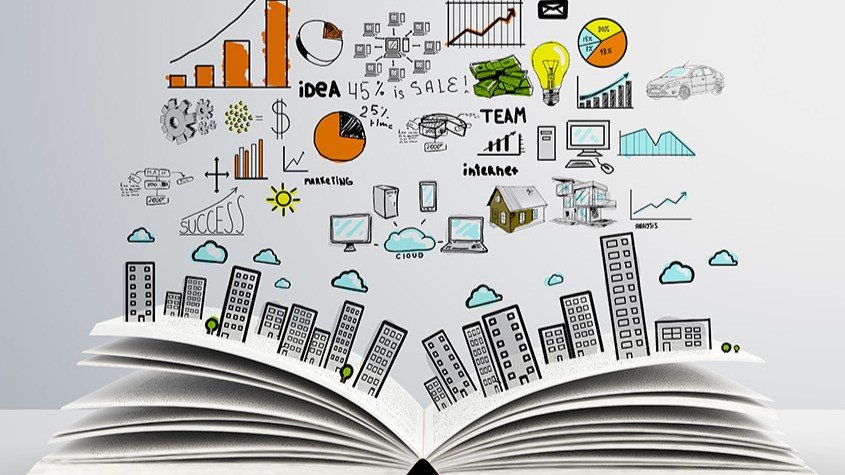In today’s digital world, education is undergoing a massive transformation. Traditional chalkboards and textbooks are being replaced with interactive whiteboards, AI-powered tutors, and virtual classrooms. This shift is known as Smart Education—a tech-integrated, student-centered approach that aims to make learning more personalized, engaging, and effective.
But what exactly is smart education, and how is it changing the way we learn?
🎓 What is Smart Education?
Smart education uses modern technologies like artificial intelligence (AI), augmented reality (AR), virtual reality (VR), cloud computing, and data analytics to enhance the teaching and learning experience. It goes beyond digital classrooms—focusing on adaptive learning, collaborative tools, and real-time feedback.
🧠 Key Features of Smart Education
- Personalized Learning Paths
AI analyzes students’ strengths and weaknesses and offers customized lessons that adapt to their pace and learning style. - Real-Time Feedback
Smart systems provide instant feedback on quizzes and assignments, helping students understand and correct mistakes faster. - Interactive Content
3D models, educational games, simulations, and videos make lessons more interactive and fun—especially for visual and kinesthetic learners. - Cloud-Based Access
Students can access notes, lectures, and assignments from anywhere, fostering learning without boundaries. - Virtual Classrooms
Through platforms like Zoom, Microsoft Teams, or Google Classroom, education is no longer confined to a physical location. - Gamification
Turning learning into a game—with points, levels, and rewards—keeps students motivated and involved.
🌍 Benefits of Smart Education
- Inclusive Learning: Helps students with disabilities or special needs by offering voice commands, screen readers, or visual aids.
- Flexible & Accessible: Enables anytime-anywhere learning, perfect for remote or hybrid education.
- Teacher Support: Smart tools assist teachers with grading, lesson planning, and student performance tracking.
- Global Collaboration: Students can engage in group projects and discussions with peers around the world.
- Cost Efficiency: Reduces reliance on physical materials and enables resource sharing.
🛠 Technologies Powering Smart Education
- AI: Creates personalized learning and intelligent tutoring systems.
- AR/VR: Brings history, science, and art to life through immersive experiences.
- Blockchain: Ensures secure academic records and certification.
- Learning Management Systems (LMS): Platforms like Moodle, Canvas, or Blackboard organize content and monitor progress.
📚 Real-World Examples
- BYJU’S (India): Uses animated videos and AI to teach school subjects in an engaging way.
- Khan Academy: Offers free lessons and adaptive exercises across various subjects.
- Google for Education: Provides tools like Google Classroom and Chromebook to schools globally.
- Coursera / edX / Udemy: Bring college-level education to learners at home, often for free or low cost.
🚧 Challenges to Overcome
- Digital Divide: Not all students have access to internet or smart devices.
- Data Privacy: Managing student information responsibly is critical.
- Teacher Training: Educators need support to effectively use new technologies.
- Screen Fatigue: Too much digital exposure can affect health and concentration.
🔮 The Future of Smart Education
The future of learning will be blended, data-driven, and learner-centric. With AI continuing to evolve, students might soon have virtual mentors, real-time language translators, or even holographic tutors. The goal is not just to teach, but to empower students to learn smarter, not harder.
💬 Final Thoughts
Smart education is more than a trend—it’s a revolution in how knowledge is delivered and received. By merging technology with pedagogy, it promises to make learning more efficient, inclusive, and exciting.
Whether you’re a student, teacher, or parent, embracing smart education is no longer optional—it’s essential for thriving in the modern world.
